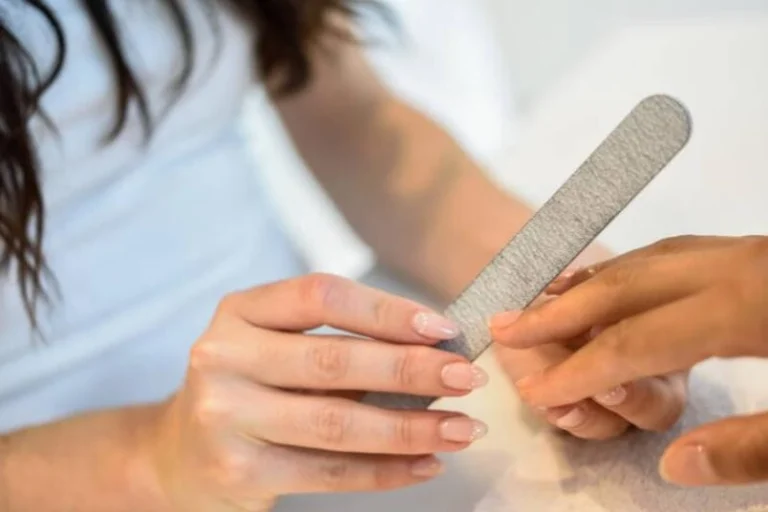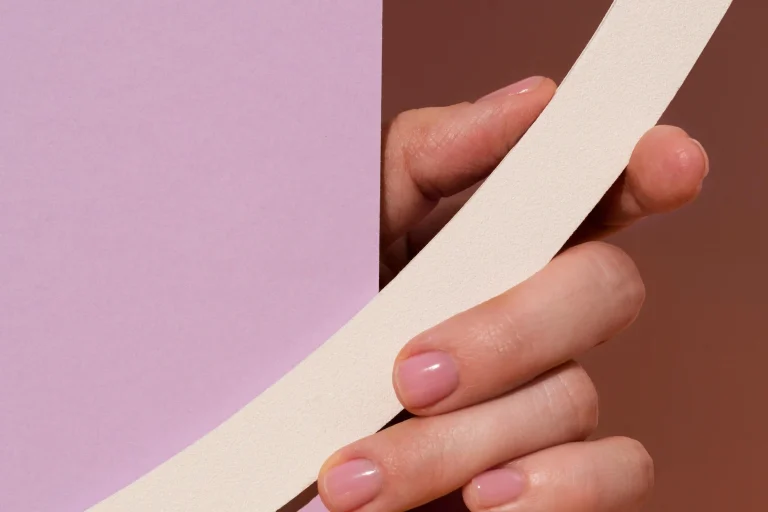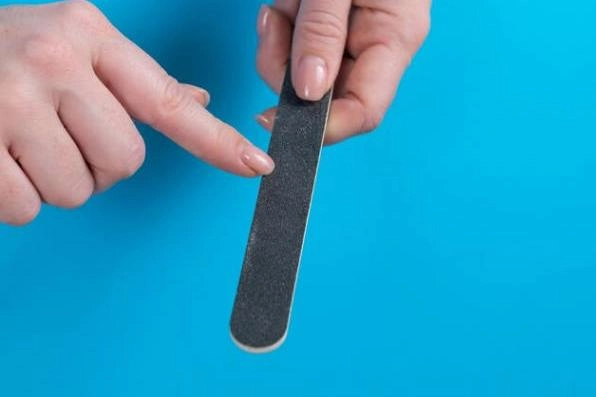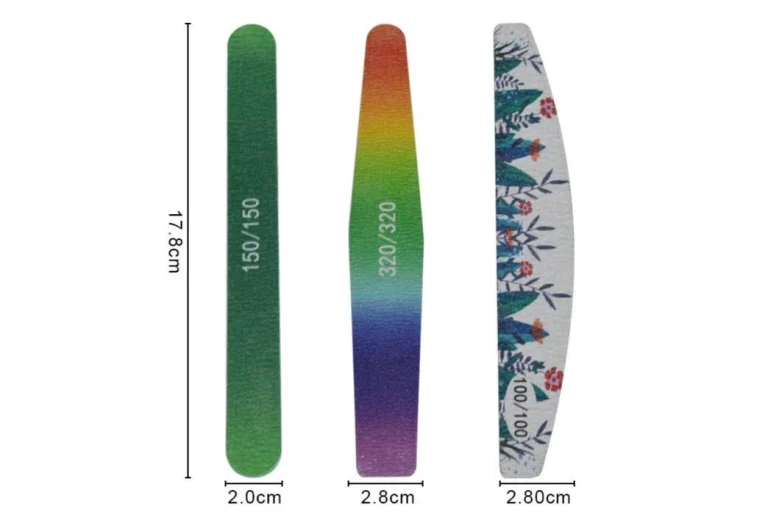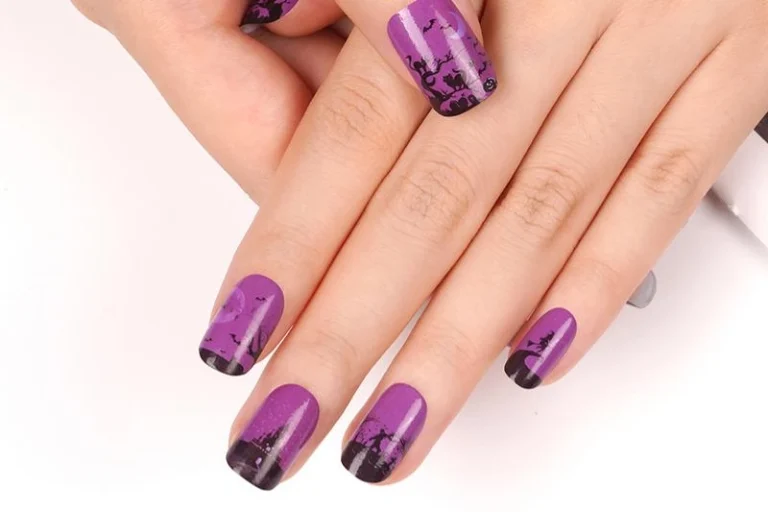Nail care’s not just about looking cute. It’s about keeping your hands happy and healthy. When you’re shaping or smoothing your nails, you’ve got two main tools: emery boards and nail files. Lots of folks mix up the names. But they’re not the same thing. They’re made differently, last different amounts of time, and give your nails a different vibe. This guide busts myths about “emery board vs. nail file” and dives into how they affect splitting, speed, and how your nails look.
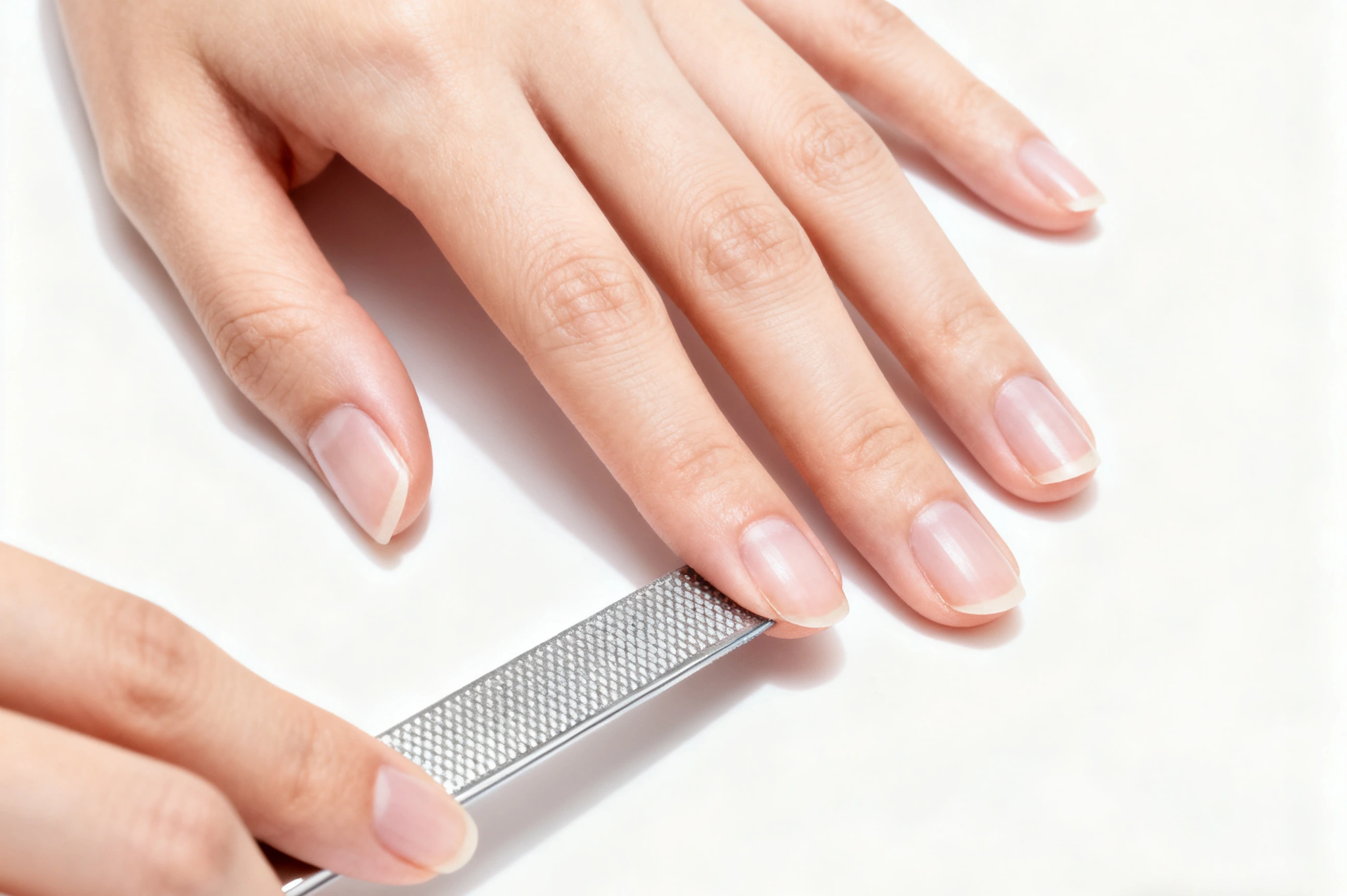
What’s an Emery Board?
What It’s Made Of
An emery board’s usually just cardboard or foam with rough emery paper stuck on. They’re super light, cheap, and you can toss ‘em after a bit. For example, Felice makes cool custom white nail files and emery boards with 1.8mm plastic, EVA, and top-notch sandpaper. You can pick grits from 80# to 320#.
Myths and Truths
Myth: Emery boards are way too rough for your natural nails.
Truth: They’ve got different grits for different needs. Felice has small buffer blocks with grits like 80#, 100#, 180#, and 240#. You just pick what works for your nails.
Myth: Emery boards wear out crazy fast.
Truth: Cheap ones do, for sure. But pro ones, like Felice’s washable boards, last a while and you can use ‘em again.
What’s a Nail File?
Types of Nail Files (Metal, Glass, Ceramic)
- Metal files: Tough as nails and last forever, but they can be rough on weak nails.
- Glass files: Super gentle and smooth, awesome for fragile or brittle nails.
- Ceramic files: Give a nice, clean finish without messing up your nails.
Felice also has zebra grey sponge nail files. They mix Japanese sandpaper with a soft sponge for pro salon vibes.
Myths and Truths
Myth: All nail files are basically the same deal.
Truth: Nope, the material makes a huge difference. Felice’s zebra grey nail file, for instance, is tough and great for smooth shaping.
Myth: Glass files never wear out.
Truth: They last a ton longer than emery boards. But they can still chip or get less gritty over time.
Splitting: Why It Happens and How to Stop It
What Grit Numbers Are About
Grit tells you how rough the tool is. Coarse grits (60#–80#) shape nails fast but can split ‘em. Fine grits (240# and up) smooth things out without hurting your nails. Felice’s white nail file line has grits from 80# to 320#. You can match the tool to your nail’s strength.
How You File Matters Most
Sawing back and forth? That’s what splits your nails. File in one direction with light, easy strokes instead. Felice’s comfy sponge buffers help you keep control and avoid hand cramps.
Speed: Which Tool’s Faster?
Coarse Emery Boards for Quick Jobs
Want to shape nails in a hurry? Coarse emery boards are your friend. Felice’s mini black buffer blocks at 80# or 100# grit trim length quick.
Nail Files for Careful Work
Nail files might take a smidge longer. But they’re spot-on for precision. Felice’s printed sponge nail files have cool designs and work great for delicate shaping or salon jobs.
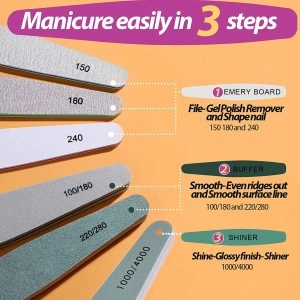
Finish Quality: How Nice Do Your Nails Look?
Emery Board Finish
Emery boards usually leave a matte vibe. It’s great before you paint your nails. Pair ‘em with a three-way buffer block, and your edges get even smoother.
Nail File Finish
Fancy sponge or glass files seal your nail edges. They give a shiny look. This helps your polish stick around longer without peeling.
Picking the Right Tool for Your Nails
- For quick shaping: Grab a coarse emery board.
- For delicate natural nails: Go with fine-grit glass or ceramic files.
- For salon-style precision: Pick multi-layer sponge buffers.
Felice has all these and can tweak ‘em to fit what you need.
Tips for Safer Filing
- Clean your tools before you start.
- Choose a grit that fits your nail type.
- File in one direction only.
- Don’t file wet nails.
- Swap out tools when they’re worn out.
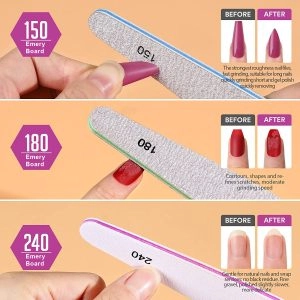
Emery boards and nail files both have their spot in nail care. Pick the right grit and file the right way. Whether you’re doing your nails at home or running a salon, the right tool means less splitting, faster shaping, and a cleaner look.
Felice helps nail pros and beauty brands all over with awesome, customizable tools. From emery boards to fancy sponge buffers, we’ve got one-stop solutions to save you time and cash. Check out our catalog and see why salons and distributors worldwide love Felice.
FAQ
Q: Are emery boards okay for natural nails?
A: Yup, if you use a fine grit (180# or higher) and don’t saw back and forth.
Q: Which lasts longer, an emery board or a nail file?
A: Nail files, especially glass and ceramic ones, last way longer. Emery boards are more for short-term use.
Q: Can I use one nail file for acrylic and natural nails?
A: Not the best plan. Acrylics need coarse grits. Natural nails need fine ones.
Q: How often should I replace my nail file tools?
A: Emery boards: after a few uses. Reusable nail files: when the grit’s weak or the file’s chipped.
Q: Does nail filing direction matter?
A: Totally. Filing in one direction stops splits and keeps your nails happy.

